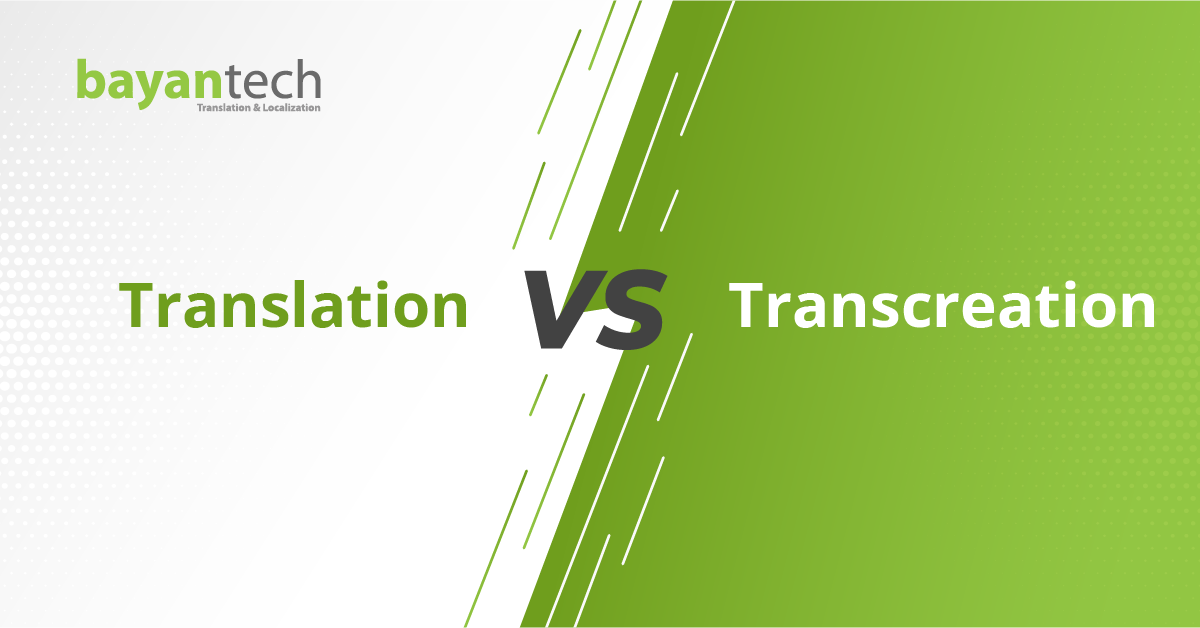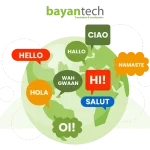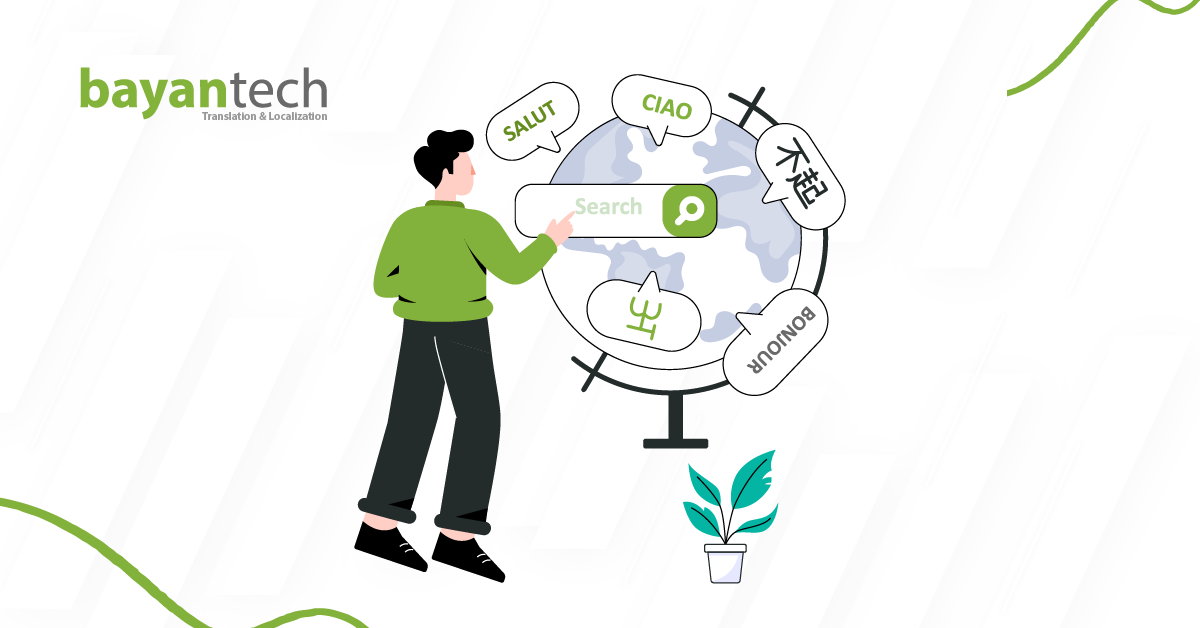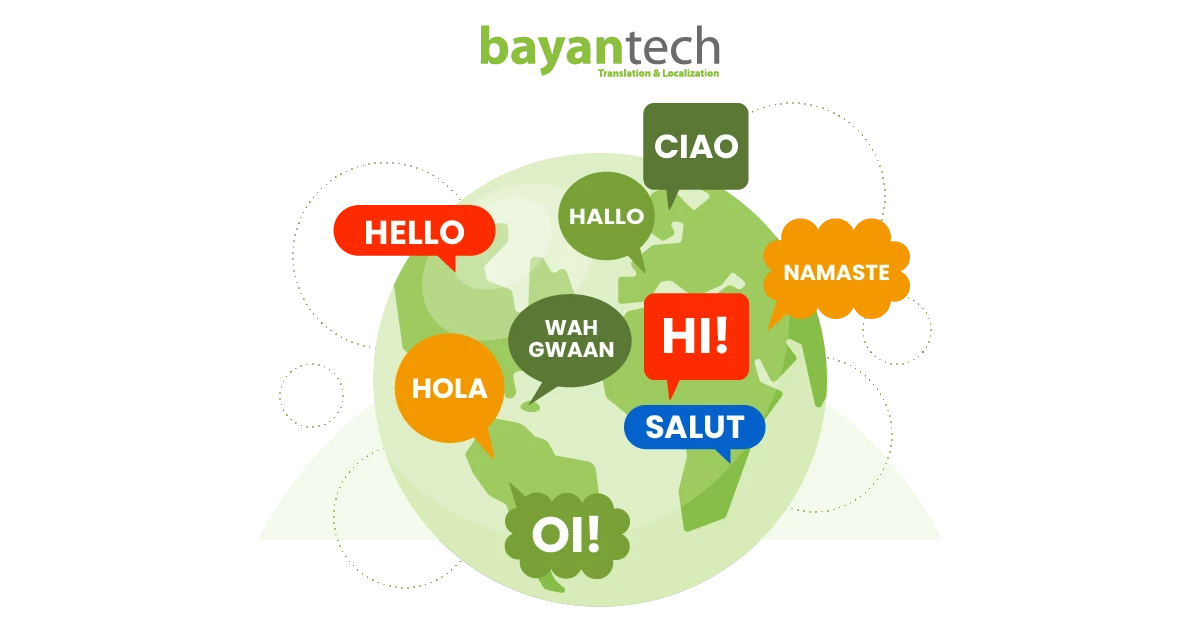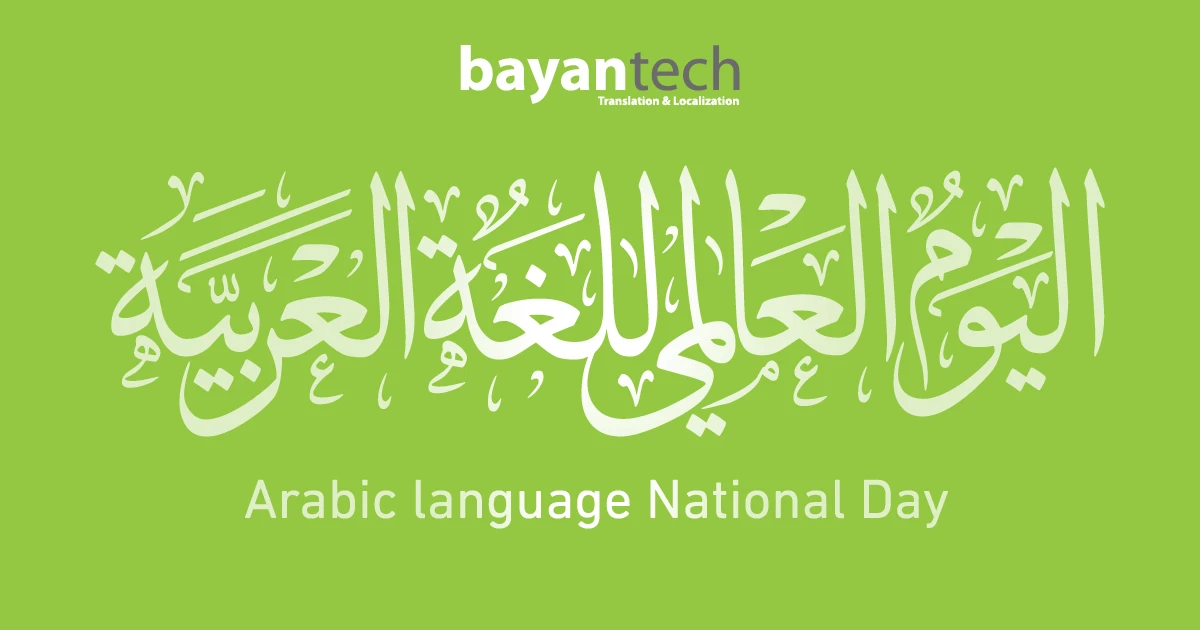Lost in the world of language services? We’re here to break down two of the most in-demand solutions: translation and transcreation.
Translation is well known, but transcreation is often misunderstood. For businesses entering new markets, understanding the difference helps you make smarter content decisions and achieve better results.
By knowing the difference, you can audit your content, choose the right service, and move closer to your business goals. So, let’s start with the most important part: what exactly are translation and transcreation?
Translation vs Transcreation: Definitions
Translation is the process of converting source text from one language to another while preserving meaning, tone of voice, and structure. Ideal for legal, technical, financial, medical, and eLearning materials where accuracy is critical and cultural references.
Transcreation is a blend of translation and creative writing. Transcreation reimagines your content to evoke the same emotions and intent in a different language, often rewriting phrases to fit cultural and emotional contexts. It is best for marketing and advertising campaigns, slogans, and brand messaging.
Why Is It Important for Brands to Know the Difference?
Understanding the difference between translation and transcreation helps you clearly define the scope of your project, set realistic expectations, and budget accordingly, especially since transcreation usually costs more.
While translation is typically priced per word (ranging from $0.10 to $0.30), transcreation services are often billed hourly, usually between $35 and $75 per hour.
Most businesses will need both services for different types of content. For example, an eCommerce brand might use translation for product descriptions but turn to transcreation for reimagining original content for marketing campaigns.
A Growing Demand for Personalization
You might be wondering, is it really worth the hassle of exploring services beyond traditional translation? The answer is absolutely.
While some brands hesitate to invest time and money into translation and transcreation, others are already ahead of the curve. They recognize that personalized customer experiences are no longer optional; they’re a competitive advantage.
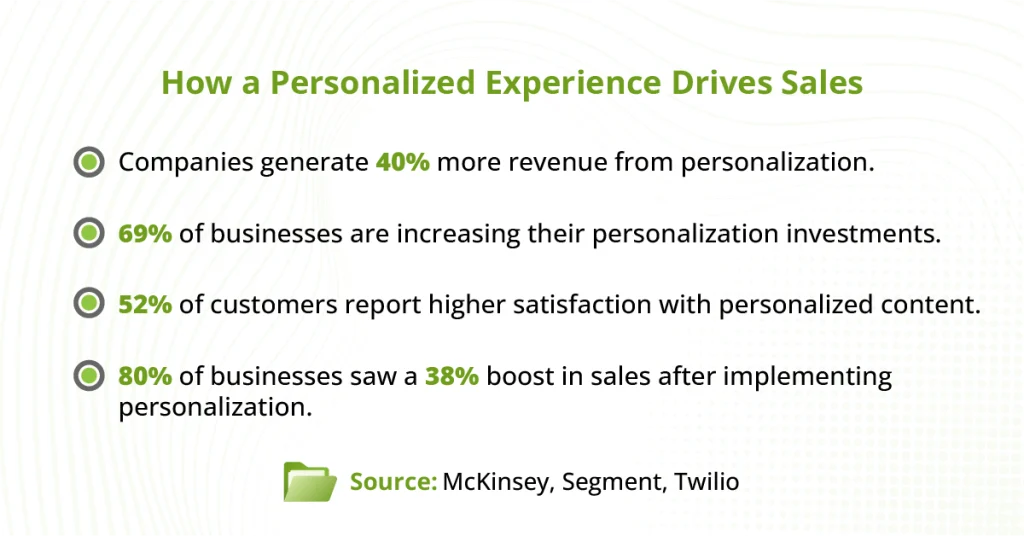
Translation or Transcreation? Comparing Methods and Use Cases
| Aspect | Translation | Transcreation |
| Purpose | Accurate, faithful communication | Evoke emotion and cultural connection |
| Content type | Technical, legal, or medical content | Marketing campaigns, slogans, creative assets |
| Method | Word-for-word or close equivalence | Emotionally adaptive and culturally tailored |
| Flexibility | Low, focused on accuracy | High, focused on resonance |
| Tone | As close to the original as possible | Adjusted or rewritten to resonate |
| Output | Translated text | Recreated content with the same intent |
When to Use Translation?
When accuracy and clarity are the main priorities
- Legal contracts and service-level agreements (SLAs)
- Technical documentation for products or machinery
- Regulatory and compliance documents
- Financial reports and investor communications
- Training manuals and internal policies
When to Use Transcreation?
When emotion, tone, and cultural relevance matter
- International marketing campaigns and ad copy
- Brand messaging for global launches
- Website content targeting new markets
- Multilingual corporate presentations or videos
- Product naming and packaging for regional appeal
Transcreation: A Good and a Bad Example
A great example of transcreation is Haribo’s adaptation of its slogan across different languages. The confectionery brand, known for its gummy bears and playful identity, originally used a rhyming slogan that reflects its fun and light-hearted tone.
However, when directly translated into other languages, the rhyme and the charm were lost. So, the slogan was transcreated to preserve the playful energy and emotional impact in each market.
- English: Kids and grown-ups love it so, the happy world of Haribo
- German (back translation): Haribo makes children happy, and adults too
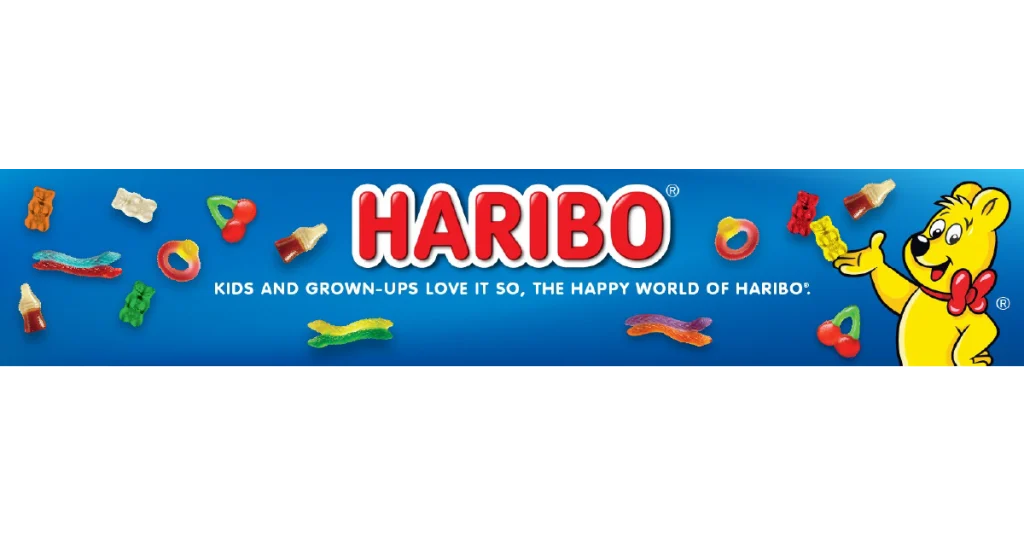
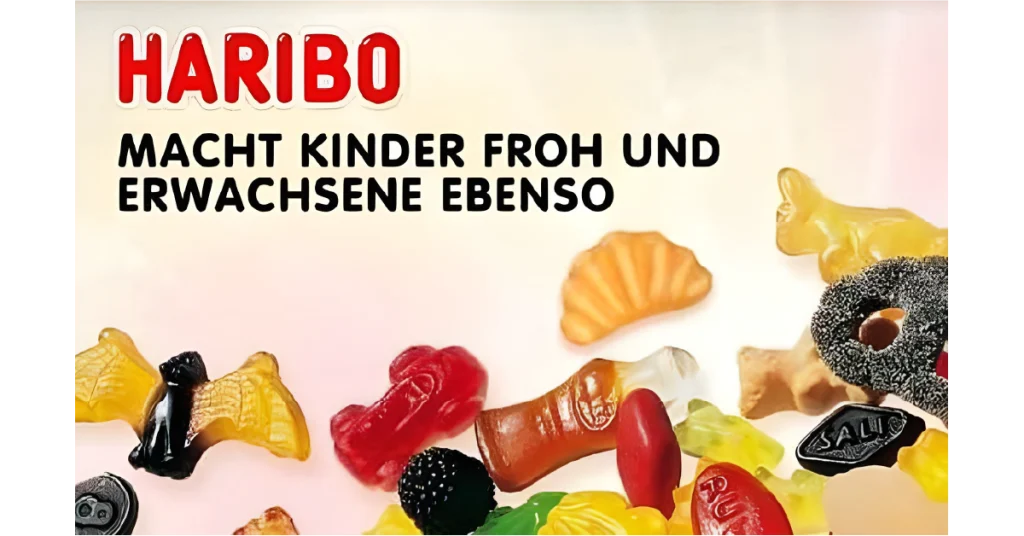
A well-known marketing translation blunder serves as a cautionary tale: always consult professional linguists when entering international markets.
The global fast-food chain KFC is famous for its slogan “Finger-lickin’ good.” But when translated into Chinese, the phrase turned into “Eat your fingers off”—a far less appetizing message, to say the least…
Cultural Context: Why Transcreation Works
A message that works in one culture can miss the mark—or offend—in another due to subtle cultural nuances.
- Culture affects perception. In the U.S., direct, bold messaging often performs well. But in Japan or South Korea, subtlety and harmony are valued more. The same CTA won’t resonate the same way.
- Transcreation adapts to these expectations. For example, a skincare brand might highlight “anti-aging” in the West, while in East Asia, it would focus on “brightening” or “youthful glow”—a more culturally appealing angle.
- Idioms and metaphors rarely translate. “Break the ice” might work in English, but would confuse an Arabic or Mandarin-speaking audience if taken literally. Transcreation finds culturally relevant substitutes.
- Even humor doesn’t travel easily. A pun like “Time to taco ‘bout it” might be playful in English but meaningless in French or German. Transcreators rework the joke or swap it with culturally appropriate humor.
- That’s why global brands prioritize transcreation. Nike, for instance, adapts its slogans and tone to reflect local values—like community and resilience—instead of just pushing performance.
Transcreation Needs More Than Just a Translator
The transcreation process isn’t just about changing words. Here’s why it takes more than a translator:
- Transcreators are bilingual copywriters. They understand how to preserve intent, emotion, and brand voice while adapting the message for a different audience.
- Literal translation often fails you. Especially with humor, wordplay, or emotion-heavy content, direct translation can sound awkward, or worse, miss the point entirely.
- The goal? Match meaning, not just words. It’s about keeping the heart of your message intact while making it resonate with a new audience.
Ready to Customize Your Content for International Audiences?
Whether you need accurate translation or impactful transcreation, bayantech is your trusted partner. Our expert linguists and copywriters ensure your message connects across cultures.
Not sure which service you need? Let’s talk. We offer expert consultation to guide your project to global success.

